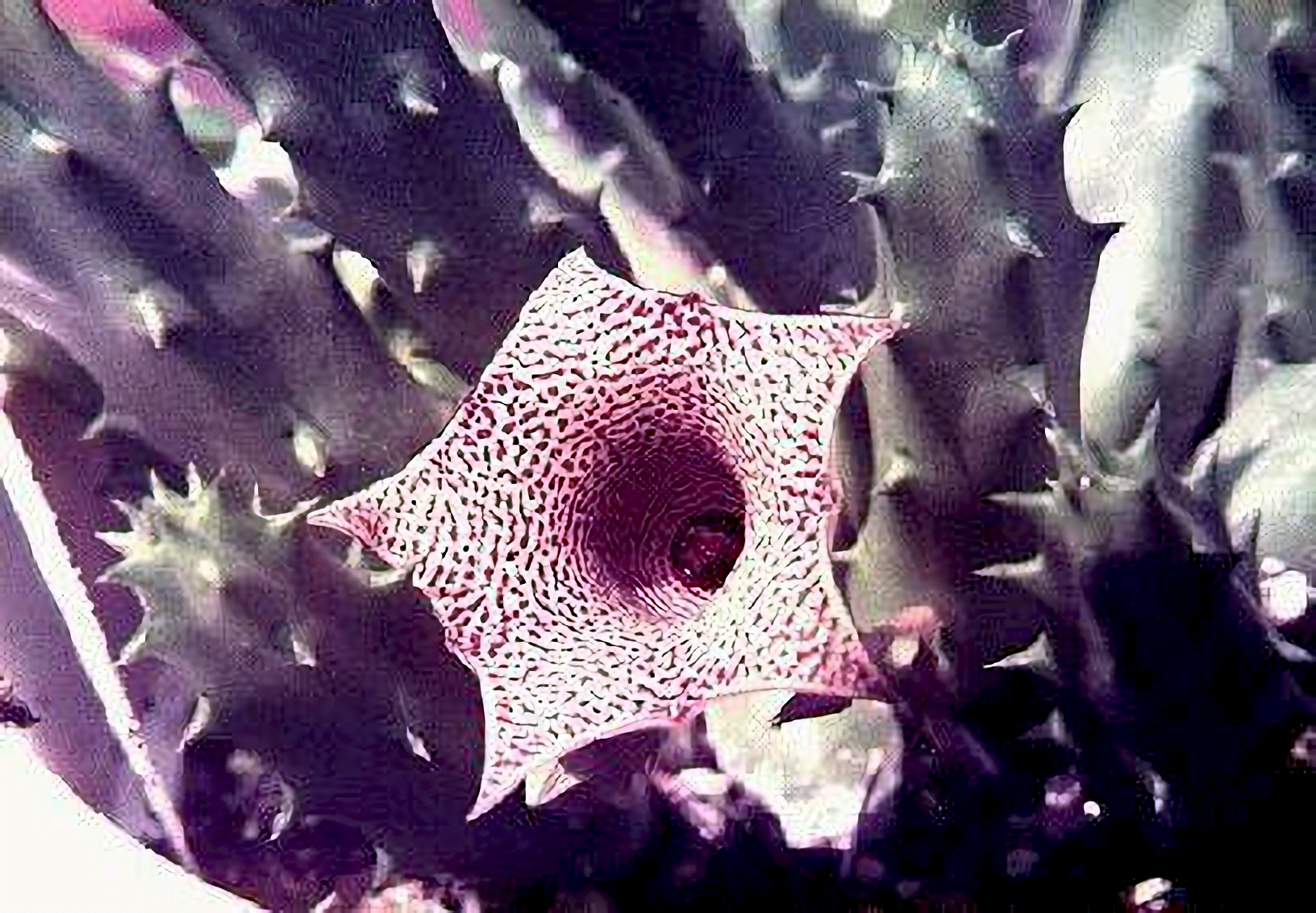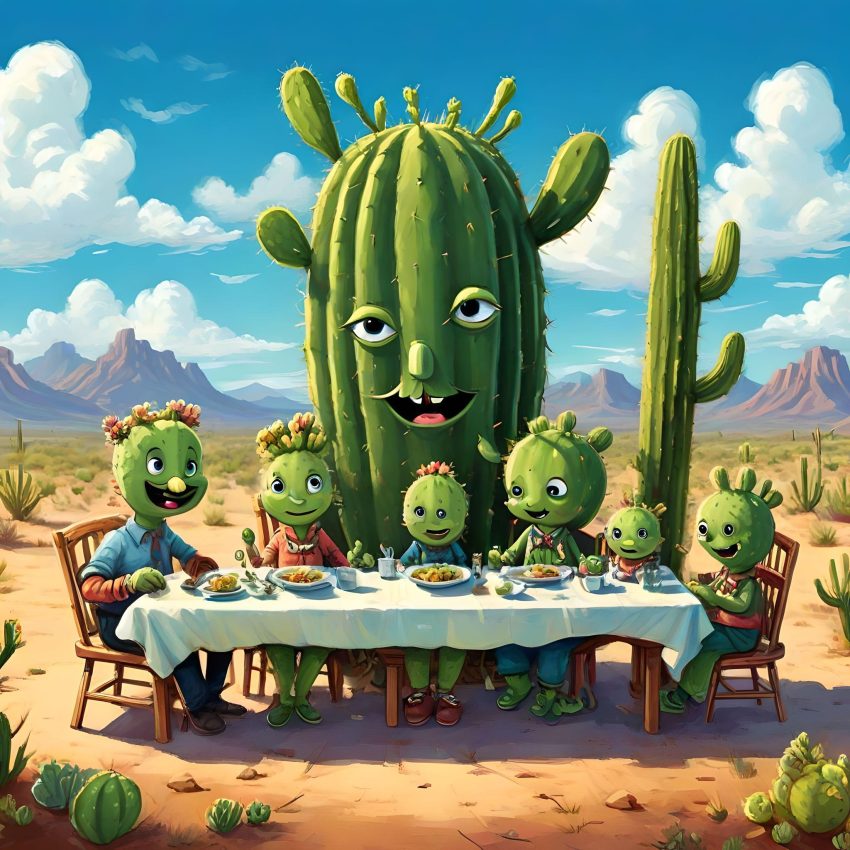By Dr. Colin C. Walker, Milton Keynes, England
![]()

![]()
In the early 1980s, the classification of the monocot families was examined closely, and, in 1985, Dahlgren, Clifford & Yeo published The Families of the Monocotyledons. Structure, Evolution and Taxonomy (Springer-Verlag, Berlin). They adopted a narrower definition of families than had been applied previously.
In particular, the Liliaceae was split up, with succulents going into the Asphodelaceae and Hyacinthaceae. The former had two subfamilies, one of which, the Alooideae, included Aloe and relatives. At the time, the authors noted that this subfamily is distinct and could warrant separate status.
This has been accepted at the Royal Botanic Gardens Kew (see for example R.K. Brummitt Vascular Plant Families and Genera, Kew, 1992).
The familiar genera of succulents formerly in the Liliaceae are thus now spread between three families:
Aloaceae:
Aloe, Astroloba, Chortolirion, Gasteria, Haworthia, Lomatophyllum, Poellnitzia
Asphodelaceae:
Bulbine
Hyacinthaceae:
Bowiea, Drimia, Ornithogalum, Schizobasis, Scilla
(In addition, there are some more genera with rather borderline members in terms of succulence.)
Are these changes official?
They are accepted and have been used at Kew and in the IOS Rep. for several years now, more or less following the publication of the Dahlgren et al. book in 1985.
Whether one follows these changes is very much up to the individual. No one can be forced to adopt changes and indeed not all experts agree or accept the splitting up of, for example, the Liliaceae. One is not necessarily out of date by using this family instead of Aloaceae. You can have either the all-embracing Liliaceae, the smaller Asphodelaceae or the Aloaceae. The Aloaceae has the convenience of being a family in which all the members are succulent, whereas the Liliaceae included a huge range of plants, many bulbous and mostly non-succulent. Notice though that a change in family, unlike a generic change, doesn’t change the name of a particular species, so for e.g. Aloe variegata keeps this binomial name whether it be in the Liliaceae or in the Aloaceae.
Another change in family status is that Dracaena and Sansevieria have been separated from the Agavaceae into their own family, the Dracaenaceae.
All these classification changes are being adopted in the new IOS Lexicon of Succulent Plants which is currently in preparation and will replace the now dated but equivalent books of Backeberg and Jacobsen. Once published, this will undoubtedly become the standard reference work for many years to come, so the family changes outlined above are likely to become more familiar and accepted.
Previously published in THE AMATEURS’ DIGEST Vol. 8 Issue 3 September 1996.
![]()
Compositae / Asteraceae
By Dr. Colin C. Walker, Milton Keynes, England
It is now standard for all plant families to end in -aceae. Notice that Compositae does not. The valid alternative name (replacing Compositae) is Asteraceae. The new IOS Lexicon will use Asteraceae.
![]()
Mesembryanthemaceae
By Dr. Colin C. Walker, Milton Keynes, England
I received this morning (Sept. 11, 1997) and have just read, A revision of the genus Phyllobolus (a mesemb. genus with 32 species) by Maike Gerbaulet (whose address includes the line: Phyllobolic Institute!).
Phyllobolus isn’t of much interest in terms of cultivated mesembs since most spp. are shrubs. However, Dactylopsis is now incorporated into Phyllobolus. There have also been recent revisions of Aridaria, Prenia and Sceletium by this same author — again, shrubs of little interest to growers.
![]()
SARCOCAULON has been formally transferred to the genus MONSONIA
By Craig Hilton-Taylor, South Africa (From Cacti, etc., January 30, 1997)
In the South African Journal of Botany 62(6): 345-347 (1996) all the species in the genus Sarcocaulon (Geraniaceae) have been formally transferred to the genus Monsonia.
We have known for a number of years that such a step was inevitable and Prof. Folcke Albers has finally taken the plunge.The decision to lump the genera was based on a wide range of characters including chromosomes, chemotaxonomy, DNA studies, flower structure and androecium ontogeny (i.e. development of the male parts of the flower). The conclusion was that there were no reliable characters (not even morphological) for separating Sarcocaulon and Monsonia, so De Candolle’s classification of 1824 had to be resurrected.
Published in THE AMATEURS’ DIGEST Vol 9 Issue 1 May 1997.
Rescued from The Wayback Machine.
© Copyright 1998, THE AMATEURS’ DIGEST
![]()

